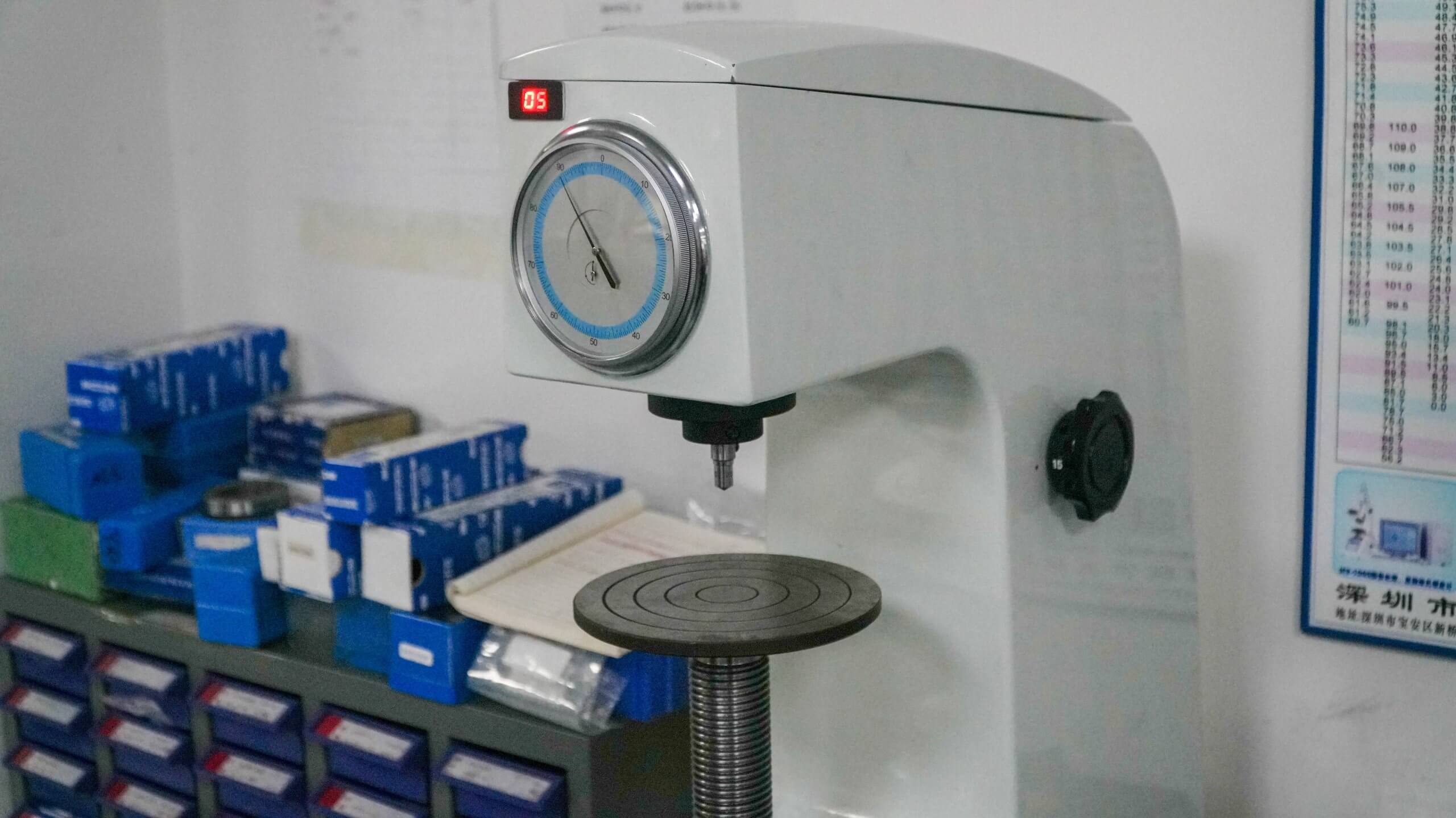Measurement tools are the unsung heroes in the world of CNC machining. They ensure that every part produced meets the necessary specifications and standards. Understanding these tools and their applications can elevate your machining skills to new heights. Let’s explore the various measurement tools and techniques crucial for CNC machining parts.
Classification of Measurement Tools
Measurement tools can be broadly classified into four categories based on their principles, structure, and applications: reference gauges, limit gauges, general measurement tools, and measurement devices.
Reference Gauges
Reference gauges are essential in embodying standard measures. They are divided into single-value gauges and multi-value gauges.
- Single-Value Gauges: These are fixed standard gauges, such as reference rulers, gauge blocks , angle blocks , multi-sided prisms , and right-angle squares .
- Gauge Blocks : Made from zirconia, these blocks are corrosion-resistant and have a hardness of 1100HV, lasting ten times longer than steel blocks.
- Angle Blocks : These blocks provide angle standards like 90°, 60°, 45°, and 30°, commonly used in mechanical inspection.
- Multi-Value Gauges: These gauges reflect various standard measures within a certain range, such as graduated rulers, steel tapes, and protractors.
Limit Gauges
Limit gauges are specialized tools used to check the size, shape, or position of parts without providing specific measurement values. They simply determine if a part is acceptable.
- Cylindrical Ring Gauges : Used for checking shafts.
- Cylindrical Plug Gauges : Used for checking holes.
- Conical Ring and Plug Gauges : Ensure the interchangeability of conical parts in machine manufacturing.
- Thread Gauges : For inspecting internal and external threads, adhering to national and international standards.
- Morse Taper Gauges : For checking the taper and dimensions of machine tool spindle and taper shank.
General Measurement Tools
These tools have scales and can measure various parameters within a range, providing specific values. They include:
- Vernier Calipers: Used for measuring internal and external dimensions and depths.
- *Standard Vernier Caliper *
- *Dial Vernier Caliper *
- *Depth Vernier Caliper *
- *Height Vernier Caliper *
- Micrometers: Utilize screw conversion for precision measurement.
- *Outside Micrometer *
- *Inside Micrometer *
- *Thread Micrometer *
- *Pitch Micrometer *
- *Depth Micrometer *
- Dial Indicators: Provide high-precision length measurements.
- *Dial Indicator *
- *Electronic Dial Indicator *
- Protractors and Angle Gauges: For measuring angles accurately.
- *Universal Protractor *
Measurement Devices
Measurement devices are sophisticated tools combining mechanical, optical, and electrical systems to provide high-precision measurements.
- Length Measuring Instruments : Used for direct and comparative measurement of part dimensions.
- Flatness Measuring Instruments : Utilize optical autocollimation principles to measure straightness and flatness errors.
- Digital Dividing Heads : Offer high-precision angular measurements, useful for measuring gear and spline shafts.
- Profile Projectors : Used for precise measurement of parts’ profiles.
- Coordinate Measuring Machines (CMM) : Provide three-dimensional measurements, essential for complex parts.
Practical Applications
Here’s a look at how these tools are used in real-world CNC machining:
| Tool Type | Measurement Range | Application |
|---|---|---|
| Vernier Caliper | 0-300 mm | Measuring external and internal dimensions |
| Micrometer | 0-25 mm, 25-50 mm, etc. | Precision measurement of thickness and diameter |
| Dial Indicator | 0-10 mm | Checking geometric errors and position errors |
| Coordinate Measuring Machine (CMM) | Variable | 3D measurements of complex parts |
| Profile Projector | Up to 300 mm | Measuring profile shapes and surface form |
Tips for Using Measurement Tools
- Calibration: Regularly calibrate tools to ensure accuracy.
- Cleanliness: Keep the tools clean and free from debris to maintain precision.
- Proper Handling: Handle tools with care to avoid damage and ensure longevity.
- Consistent Environment: Perform measurements in a controlled environment to minimize the effects of temperature and humidity.
Conclusion
Mastering the use of measurement tools is essential for anyone involved in CNC machining. These tools ensure that parts meet strict specifications and quality standards, leading to better performance and reliability. By understanding and applying the correct measurement techniques, you can significantly improve the accuracy and efficiency of your machining operations.
Other Articles You Might Enjoy
- Mastering Corner Control in CNC Machining Parts
CNC machining is all about precision and efficiency, especially when it comes to navigating sharp corners and changing directions. When machining complex contours, the feed rate and movement control are…
- Mastering Thread Tapping in CNC Machining Parts
Thread tapping is one of the most common hole machining operations on CNC machining centers, right after drilling. Due to its widespread application in many milling operations, most control systems…
- Nickel vs. Cobalt Alloys in High-Temperature CNC Machining: A Detailed Analysis?
Nickel and Cobalt Alloys in High-Temperature CNC Machining Both Nickel and Cobalt alloys play an essential role in high-temperature CNC machining. These metal alloys are popular choices due to their…
- Techniques and Optimization of Reaming Operations in CNC Machining Parts
Introduction Reaming might not be the most glamorous topic in the world of CNC machining, but it’s an essential process that can make or break the quality of your parts.…
- Requirements for CNC Machining Parts
Preparation Work Complete the necessary preparation before machining, including process analysis, process route design, tool and fixture selection, and program compilation. online cnc machining service Operating Steps and Contents Start…
- Face Milling Essentials for CNC Machining Parts
Face milling is an essential operation in CNC machining, aimed at controlling the height of the workpiece and ensuring a smooth surface finish. This process often uses multi-tooth cutters, known…









